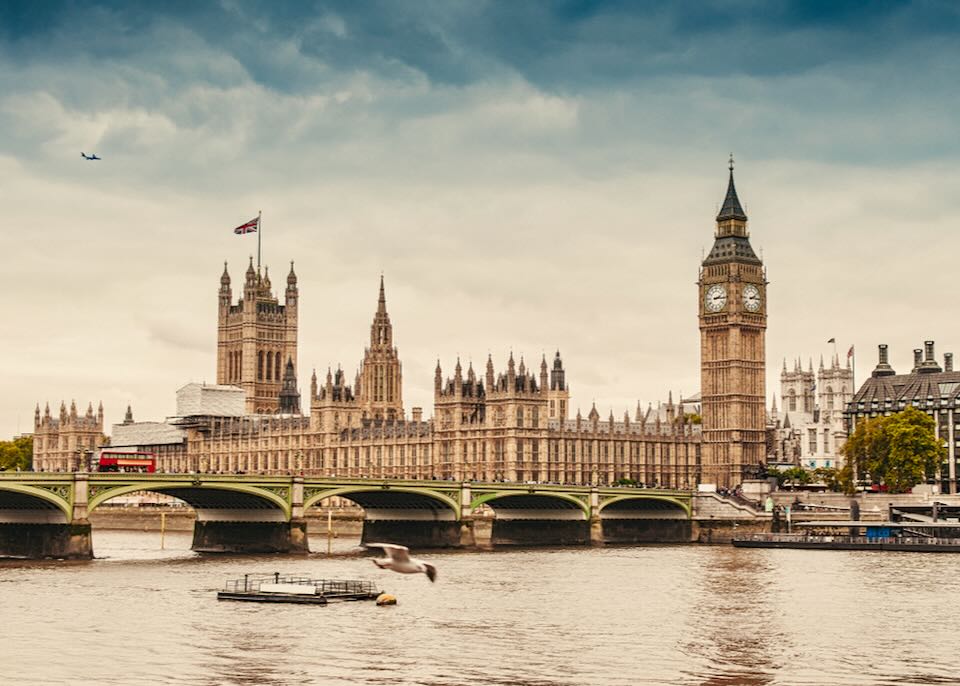
View across the River Thames to Big Ben and the Houses of Parliament.
London is the capital and largest city in the United Kingdom, and chock-full of great attractions, from historic to ultra-modern. Though its reputation as a cold and rainy island is well-deserved, summer weather in London is often warm, sunny, and ideal for sightseeing – especially for those looking to avoid the high summer heat found in other European cities. Its wealth of important cultural sites, fantastic restaurants, historic luxury hotels, world-class theater, and some of the best museums in the world make London a fantastic vacation destination at any time of year.
The London Travel Guide
- Skip to our London FAQ
London Basics
London Hotels
- Best Hotels in London
- Best Hotels in London for Families
- London Hotels with Pools
- Gatwick Airport Hotels
- Heathrow Airport Hotels
- London Hotel Map
London Activities
- Best Things to Do in London
- Best Restaurants in London
- Best Bars & Pubs in London
- Best London Shops & Markets
London Trip Planning
Latest Articles & My Travel Newsletter
Frequently Asked Questions about London
Where is London?
London is the capital city of England, and is the largest city in the United Kingdom (which also includes Scotland, Wales, and Northern Ireland). London is located on the southern and eastern end of the island, straddling the River Thames 80 km upstream from its North Sea estuary. London lies about 115 km west of the English Channel, a 33 km waterway (at its narrowest point) that separates England from continental Western Europe. London has a land area of 1,570 km²; its population is just under 9 million.
What are the best things to do in London
There is no shortage of great things to do in London, no matter your age or interest. Must-see sights include the jaw-dropping Westminster Cathedral, Big Ben and the Houses of Parliament, and Buckingham Palace – tour them, or view them aloft from across the Thames on the London Eye. Royal watchers will also want to visit Kensington Palace, Windsor Castle, and Hampton Court Palace. History buffs appreciate the storied Tower of London (once a royal palace and prison, it’s now a World Heritage Site that houses the Crown Jewels) and visiting the Cutty Sark, Churchill War Rooms, and the East London haunts of Jack the Ripper.
The Tower of London is a UNESCO World Heritage Site.
Theater-goers have their pick of world-class shows in the West End’s Theatreland or can catch an Open-Air Play at Shakespeare’s famous Globe Theatre. Among London’s many world-class museums are the British Museum, Tate Modern, Natural History Museum, Science Museum, National Gallery, and Victoria & Albert Museum.
Some of the best things to do in London with kids are the Harry Potter Studio Tour, Legoland Windsor, and visiting the London Zoo and Sea Life Aquarium.
When is the best time to go to London?
The best times to visit London are during spring (March through April) and fall (Mid-September through November), when the city sees mild weather and fewer tourists than in the busy summer travel season, when the weather is ideal but crowds and prices are at their peak.
It is easiest to secure theater tickets to West End shows in the low season of January and February, and theater-going families can find discounts on kids’ tickets during the month of August. All of London’s best shopping sales, including Harrods’s ultra-popular summer sale, are in late June and early July. Royal watchers would do well to visit in June, when the queen’s annual birthday celebration (Trooping the Colour) is held, or in August, the only month in which all royal sites are open to visitors.
Westminster Abbey, British royal headquarters for coronations, weddings, and burials. Most of London’s royal attractions are open to visitors year-round, but Buckingham Palace’s State Rooms are available to tour from late July through September, Kew Palace is closed during the winter months, and Clarence House (home to the Prince of Wales and Duchess of Cornwall) only opens to the public in August.
How long should I spend in London?
There is so much to see and do in London that we recommend spending at least 3-4 full days there, and the more the better. Three days will allow you to get a good sense of the city and see the absolute highlights, like Buckingham Palace, the Tower of London, and a museum or two. No matter how long your stay, your time can be maximized by taking a guided tour.
If staying in London longer than 5 days, it’s a worth considering a guided tour or day trip to explore the surrounding countryside. The best day trip destinations from London include the majestic university towns of Oxford and Cambridge, Stratford and the Cotswolds (home of the Bard), the beautiful Georgian city of Bath, mystical Stonehenge, Leeds Castle and the white cliffs of Dover, and Windsor Castle – the ancestral home of the British Royal Family. You can even visit the filming locations of Downton Abbey. Combination tours allow you to visit more than one far-flung destination in a day.
The charming stone villages of the Cotswolds in southwest England make an idyllic day trip from the busy city.
Where is the best area to stay in London?
The best neighborhoods of London for first-time visitors are Covent Garden and Mayfair; their central locations makes it easy to visit many of the city’s biggest attractions or catch a play, and they’re both loaded with great restaurants and hotels – both have plenty of luxury and boutique accommodations, Covent Garden also provides budget options.
The Connaught, London’s best luxury hotel, is located in Mayfair.
The best areas to stay in London for a local vibe are Camden (the birthplace of British Rock) and the East End (Jack the Ripper’s old haunt). These are also two of London’s best neighborhoods for nightlife, along with centrally-located Soho.
The best areas in London for families with kids are the quieter neighborhood of South Kensington or in Marylebone, which is within easy reach of London Zoo. Both of these neighborhoods are near the immense Hyde Park, which is filled with paths and playgrounds, a small lake popular for boat rentals, and hosts the family-friendly Winter Wonderland during the colder months.
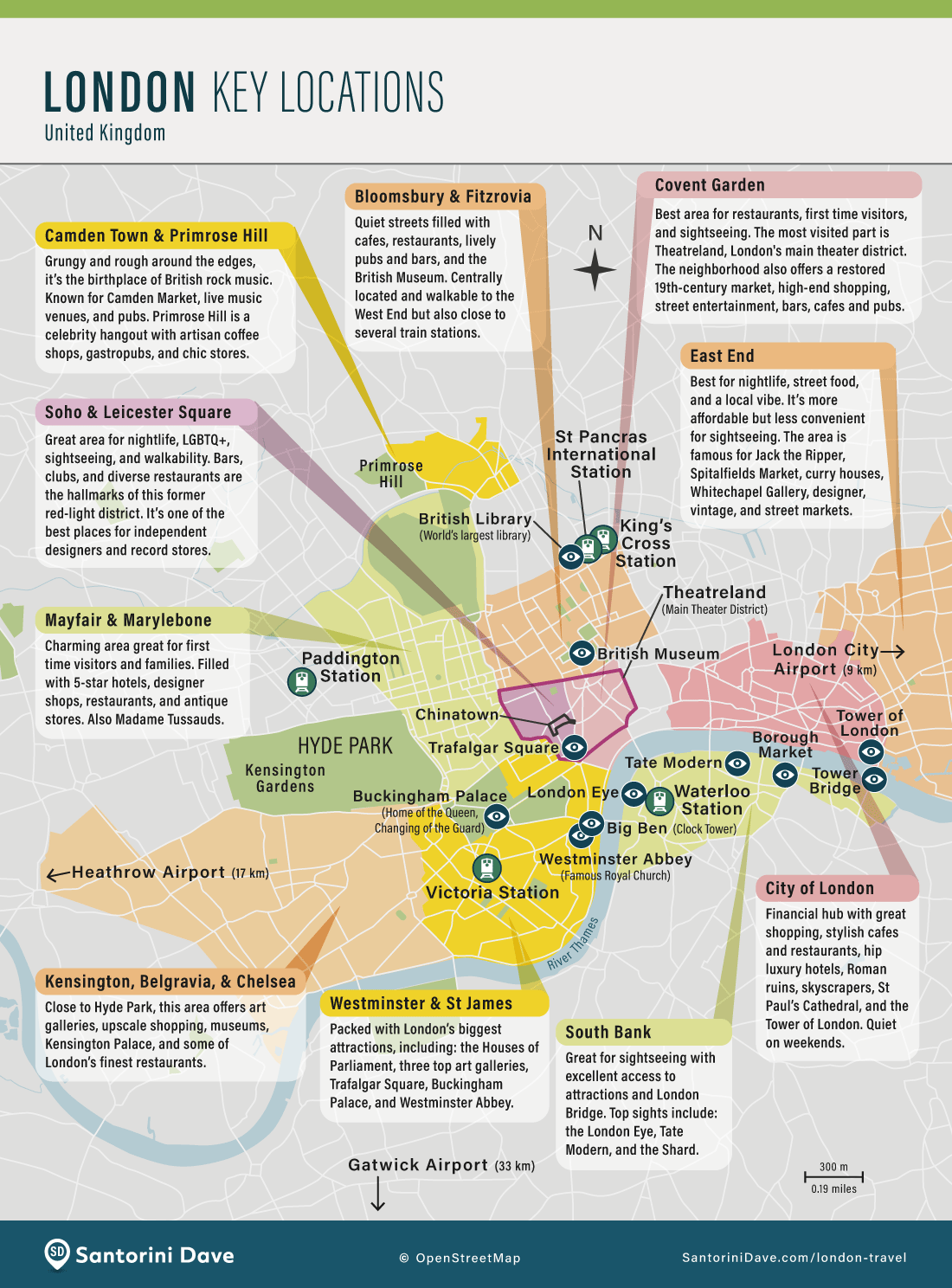
Which London airport should I use?
The London area is home to six airports, but the two most commonly used by travelers are Heathrow (LHR) and Gatwick (LGW). Located 24 km from central London, Heathrow is the closest large airport to central London, and is also the best-connected, served by both underground metro (the Tube) and express train. Gatwick is about a 40 km drive from central London and connected by express train. To get from any London airport into central London without public transportation, we recommend pre-booking a car service rather than taking a taxi, which are notoriously expensive.
Aerial view of the river Thames, with the Tower Bridge in and Tower of London in the foreground. Most travelers flying into London will use Heathrow or Gatwick airport.
What currency is used in London
As England is part of the United Kingdom, the official currency used in London is the pound sterling (£), commonly referred to as “the pound”. Similar to American pennies, there are 100 pence (p) to a British pound. £1 and £2 currencies are available as both coin and banknotes.
To change money we recommend withdrawing pounds directly from an ATM in London. These will have lower exchange rates and be quite a bit cheaper than using money changers or banks. Remember that ATMs often charge foreign transaction fees, however, so it is usually better to withdraw a larger amount at once than the smaller amounts over multiple withdrawals. ATMs are easy to find in all parts of London.
Rules is the oldest restaurant in the city, and one of the best places to eat in London.
Tipping in London restaurants is common, generally 10-20% of the total bill. However, many restaurants will include a “service charge” on the bill – usually about 12-15% of the total – if so, this is the only tip that is expected and there is no need for an additional tip. Cab drivers in London expect to be tipped 10%. In the best London hotels, it is customary to tip the bellhop £1-2 per bag, the housekeeper £1 per day, and the doorman £1-2 for hailing you a cab. Tipping is not expected for drinking in British pubs, unless you’re buying food. Still, most barkeeps will be appreciative of a few pounds for exceptional service.
Is London safe?
London is generally very safe, but like any other large city has its seedier sections, and common precautions should be taken. While most areas of London are fine during the day, parts of Camden, as well as Hackney and Shoreditch in the East End, can be sketchy at night, especially for solo travelers. The Soho and Leicester Square area can also get rough late at night, and Hyde Park is best avoided after dark. Similarly, while the King’s Cross area has been rejuvenated, the area around the train station can still be a bit dodgy and is best not to wander around late at night. In general, stick to populated areas – especially at night – and take care to protect your belongings from pickpockets and petty thieves.
Kingly Street in Soho. Soho is one of the best areas in London for nightlife, and generally very safe.
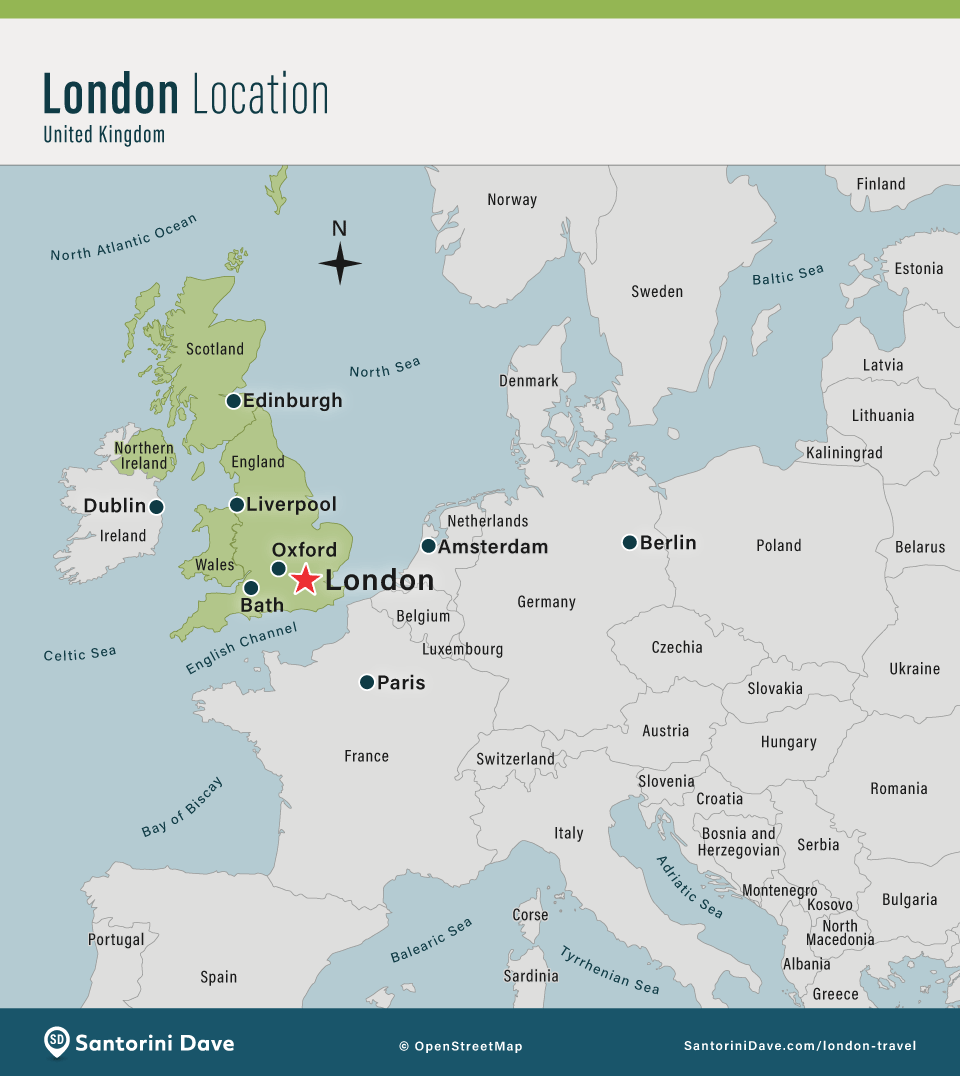
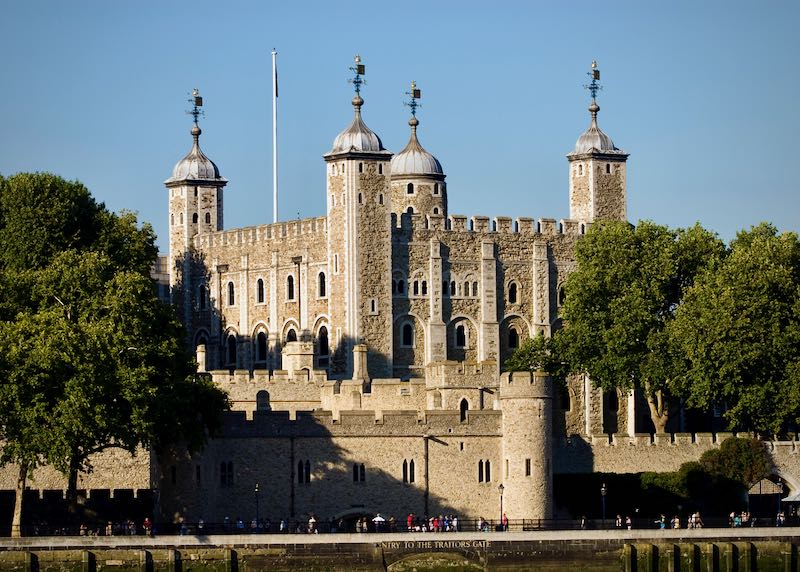
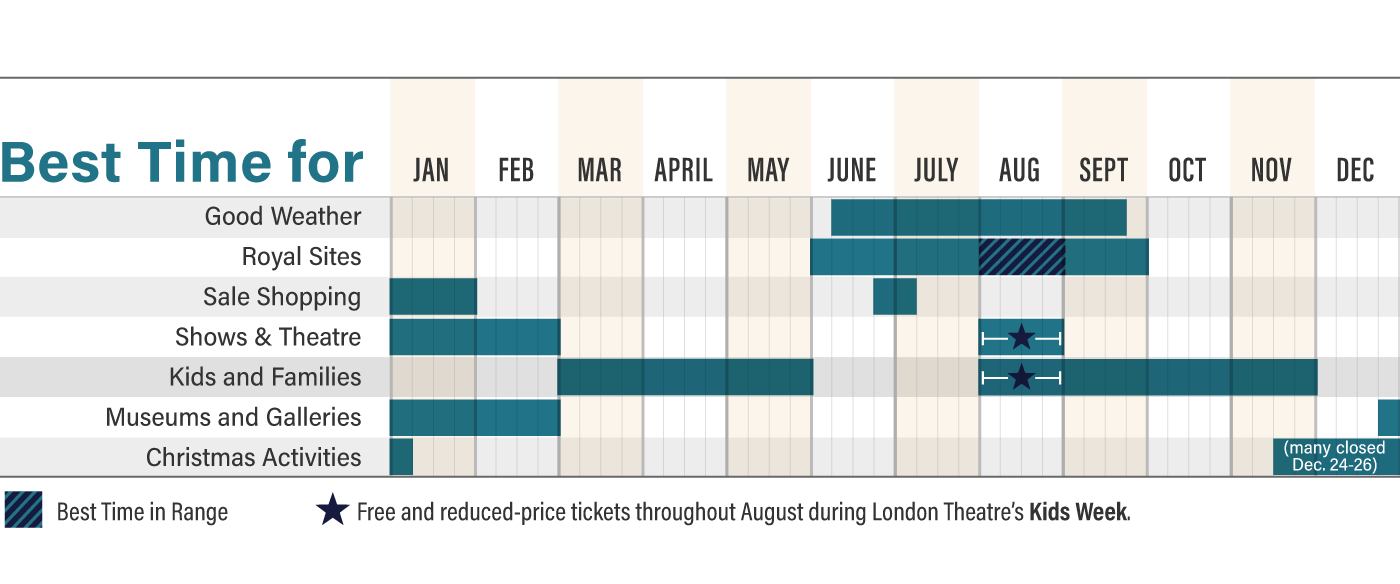
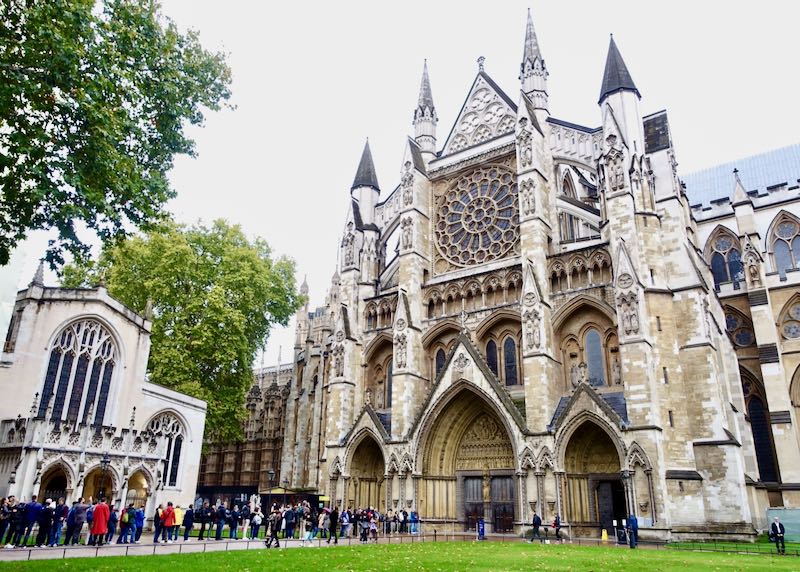
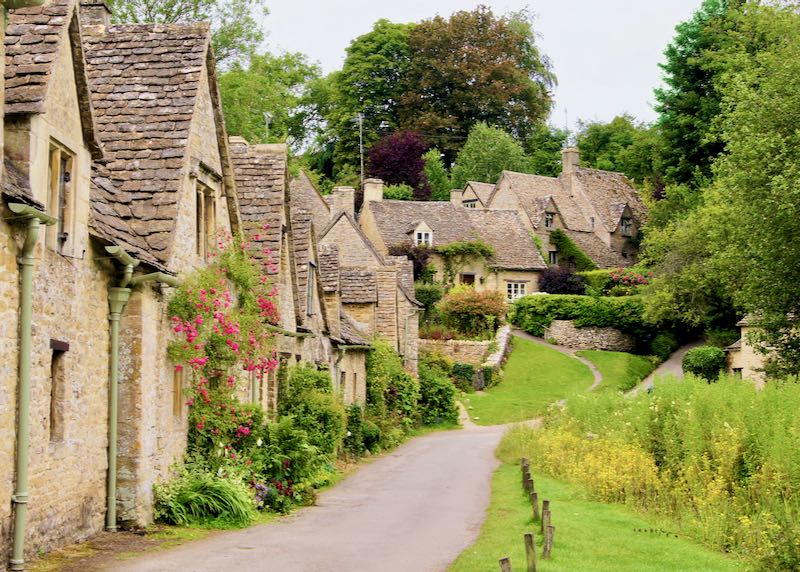
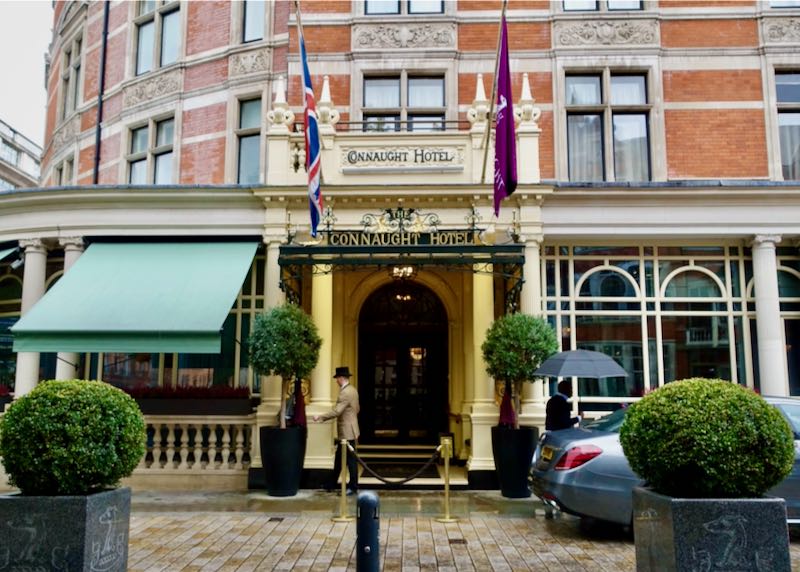
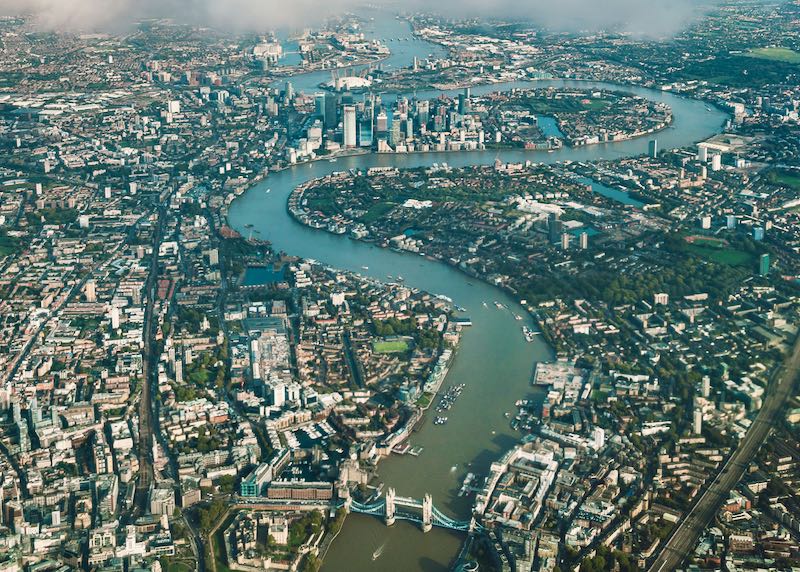
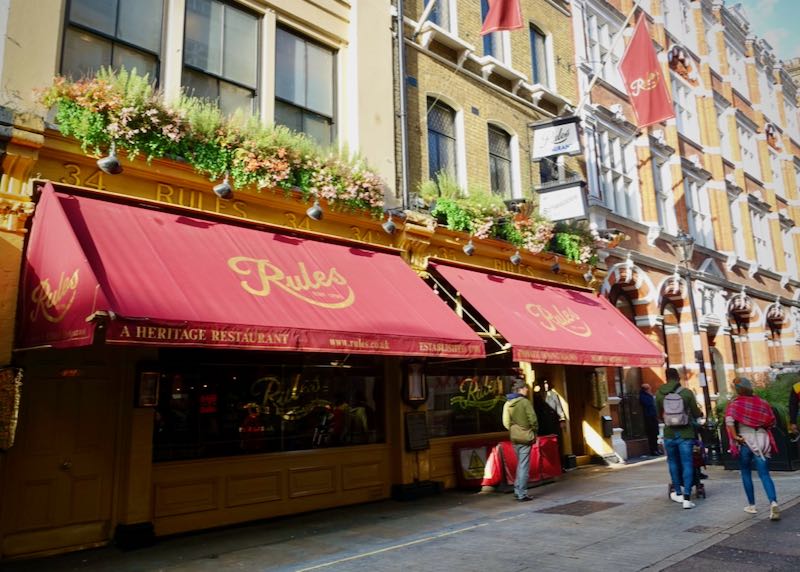
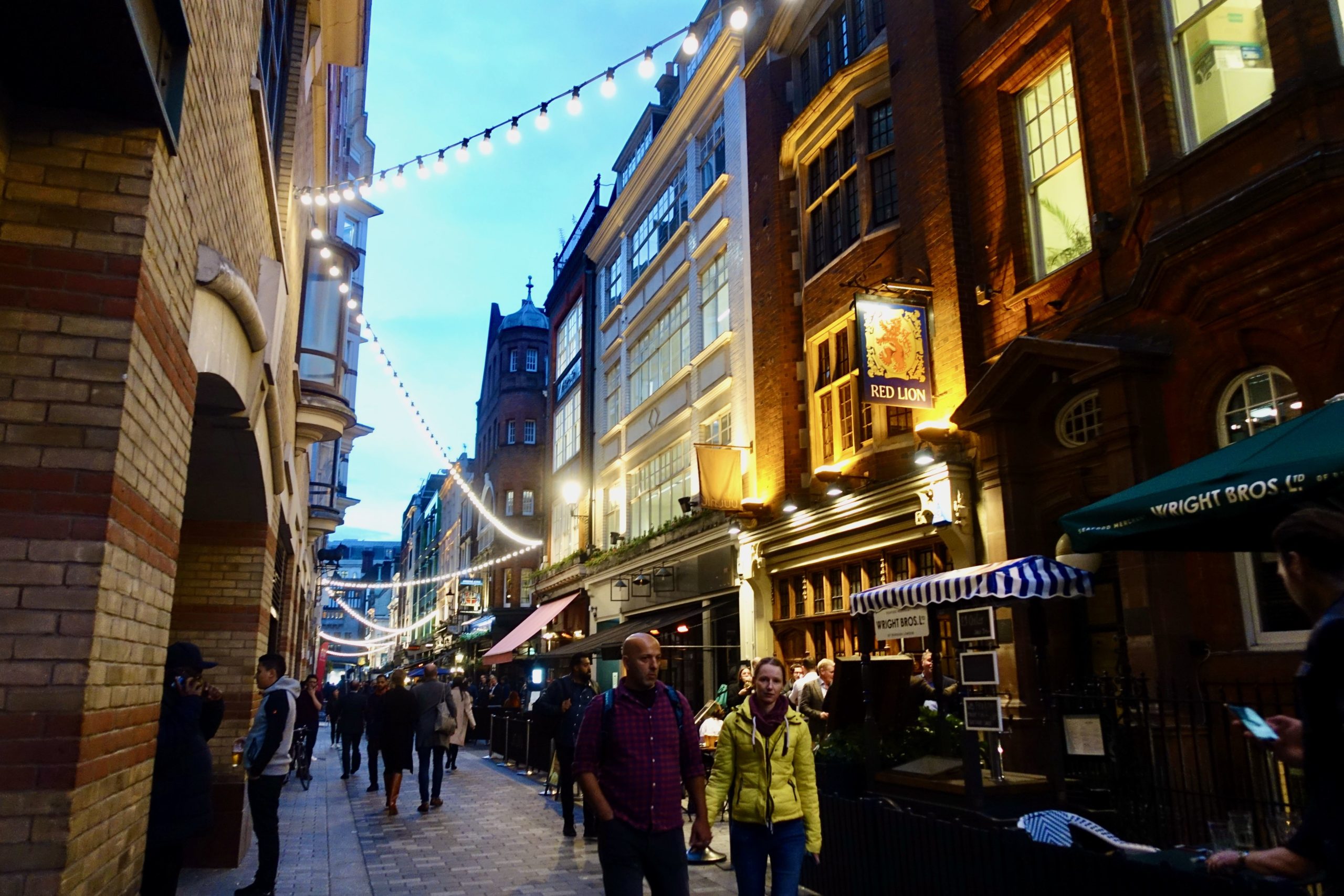
About Santorini Dave